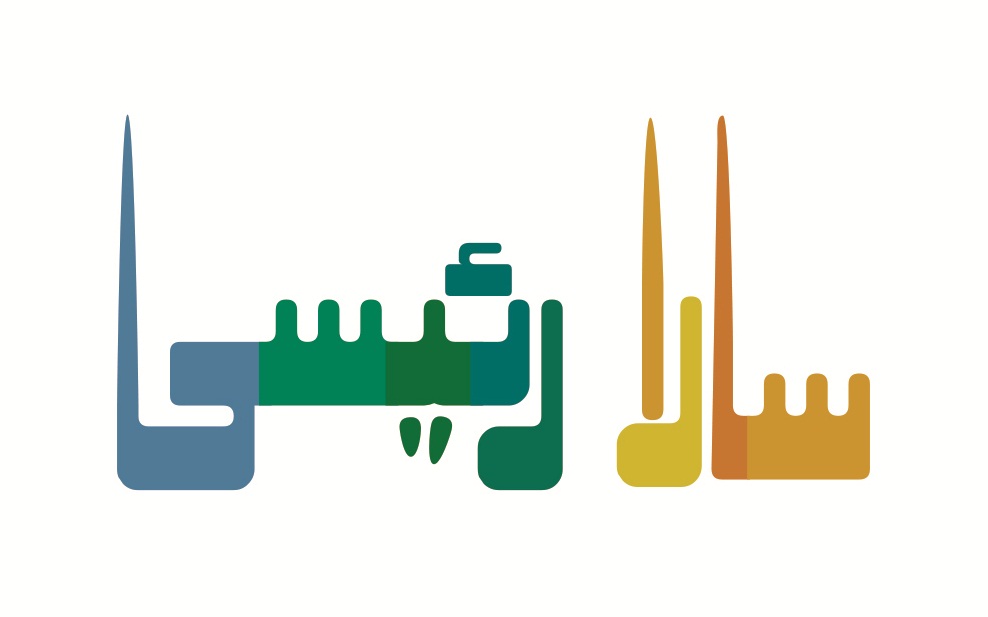
سارمینا
نقاشی ,مد و فشن , کاردستی , افراد مشهور , مدل لباس , آشپزی , دکوراسیون , سفر
سارمینا
نقاشی ,مد و فشن , کاردستی , افراد مشهور , مدل لباس , آشپزی , دکوراسیون , سفرwhat we can wear in Iran
please follow irstreetstyle on instagram
must see Iran my lovely country
Top 10 Must Sees in Iran
Iran is one of the magnificent civilizations of the Near East. Today it is famous for art, architecture, and poetry. In many ways, the reality is better than the image because Iran is one of the few countries where you can delve into an ancient culture and experience a lifestyle that has now disappeared from most of the modern world. What is less-known is that visitors can see archaeological and cultural sites spanning over 10,000 years To help you plan your trip, here is a list of the top 10 sites that you should see whilst you are there:
Imam Square, IsfahanIsfahan (Esfahan) contains some of the world’s most beautiful Islamic monuments. The city’s moment of glory came in the 17th century when the town was made the capital of the Safavid empire by Shah Abbas the Great. At this time some of the most stunning Islamic architecture in the world was created – buildings that, amongst other things, served as the inspiration for the Taj Mahal. The Imam Square is the glory of the city and contains the exquisite Masjid-e-Imam (Shah Mosque), the Sheikh Lotfollah Mosque with its stunning coloured tiles, the Ali Qapu Palace, and the Qaisarrieh Bazaar – one of the most exotic in the Middle East. |
PersepolisPersepolis is one of the world’s most magnificent archaeological sites. Known as Parsa to the ancient Persians, this site was the ceremonial capital of Iran’s Achaemenian emperors from the time of Darius the Great (reign 521 to 485) for more than 200 years until its destruction by Alexander the Great in 330 B.C. Each Spring the representatives from the subject nations of the Persian empire gathered at Persepolis to pay homage and bring tribute to the King of Kings. The existing remains consist of enormous stone columns with elaborate bases; strange capitals representing both powerful and mythical beasts; stone door and window jambs; and facades and staircases, many with fine bas-reliefs. |
 | Nagash-e-RostamNagash-e-Rostam or necropolis (5km from the ancient city of Persepolis) is home to four giant rock-cut tombs in the shape of Greek crosses which were built to house the remains of Darius the Great and three of his successors. Below the tombs are a number of Sassanian rock-reliefs including one depicting the defeated Roman emperor Valerian kneeling before the victorious Shahpur I (reign 241 to 272 A.D). |
 | National Museums, TehranThe highlight of a visit to the Iranian capital is the opportunity to explore several of its excellent museums, including: the superb Archaeological museum, with its Prehistoric and Islamic sections; the Abguineh Glass Museum; the Carpet and Reza Abbassi Calligraphy museums; and the stunning State Jewels of Iran which houses one of the most fabulous collections of treasures in the world. |
 | SultaniehThe small village of Sultanieh was to have been the capital of the great 14thcentury Il-Khanid ruler of Persia, Oljeitu. Almost nothing remains of this city built on the gassy plains of except the king’s stunning egg-shaped blue domed mausoleum - a UNESCO World Heritage Site. The tomb has been described by Professor Pope as ’one of Persia’s supreme architectural achievements’. |


